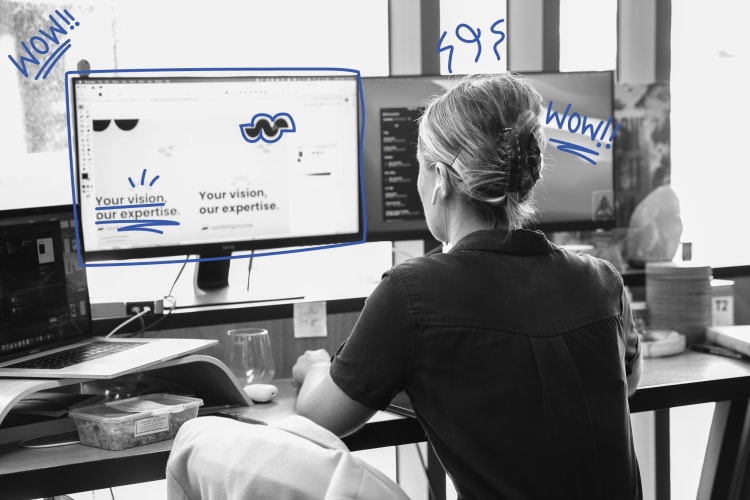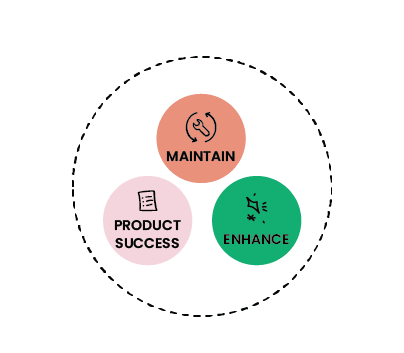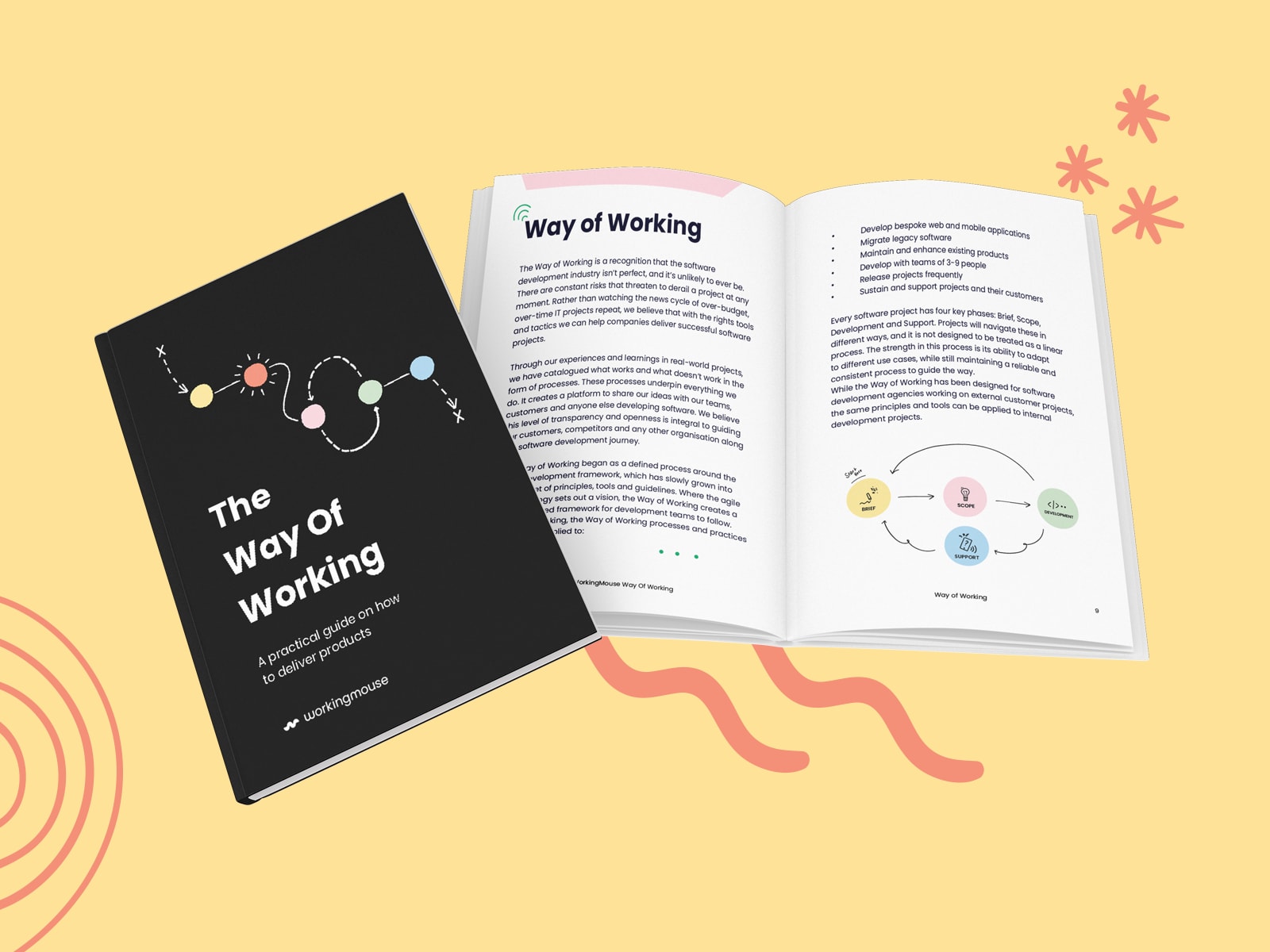
Please note that this blog is archived and outdated. For the most current information click here!
Version 7 Of The Way Of Working Is Now Available
If you’ve read any of our blogs in the past or had the opportunity to navigate around the website then there’s a good chance you’ve heard
about the Way of Working. It’s the delivery process we’ve created to mitigate software risks and maximise the chances
of a successful project.
The only constant in life is change.
There are always new and interesting (I think it would be a stretch to call them exciting) risks. As a result, the Way of Working can never
be ‘finished.’ It can only ever be updated and improved to capture the most relevant learnings.
We’ve recently released Version 7 of the Way of Working. Yes, that’s right, in the past 5 years we’ve released 7 versions.

We’ll dive into what’s new in the most recent version of the Way of Working. But first, it’s important to establish what the Way of Working
is and how it’s used within WorkingMouse.
What is The Way of Working?
Ever think to yourself, why do some software projects go to plan while others are delivered over budget and 6 months late?
Usually, it comes down to process. In particular, a process that mitigates risks.
Put simply, that’s what the Way of Working is.
Over the years we’ve built a lot of projects. During each project, we make plenty of learnings.
Every learning is fed back into the Way of Working so that the next project can benefit. 7 years and 60 projects later, there have been
plenty of learnings.
To put it in more general terms, the Way of Working is an agile playbook that uses real-world experience to shape its evolution.
It separates the software lifecycle into four key stages:
- brief,
- scope,
- development and
- support.

Each stage includes a range of activities and ceremonies to ensure the project is kept on track and delivering against the success criteria.
Even though WorkingMouse is the biggest advocate of the Way of Working, it has been created so that any company can adopt the process. It
has been and continues to be, used by organisations outside of WorkingMouse, with each implementation acquiring its own unique flavour.
What’s New in Version 7?
Version 6.3 of the Way of Working was published in mid-2019 when the world was a much simpler place. Since then, remote working has become a
priority for many businesses and WorkingMouse is no exception.
As a business, we’ve made significant strides forward, delivering projects on the most recent, innovative technology stacks in the market.
We’ve also focused entirely on service delivery, with a greater level of separation from our sister-brand Codebots.
Our commitment to excellence aligns with our new Codebots definition as a platform engineering tool that modernises enterprise software
delivery for digital transformation and legacy systems. This allows us to stay at the forefront of technology advancements, empowering us to
create cutting-edge solutions for our clients. This refined focus on service excellence ensures that we continue to meet and exceed the
evolving needs of our clients while adhering to industry standards and maintaining complete product ownership, in alignment with the
Codebots vision.
This has led to several changes in the Way of Working. While I won’t address them all (that’s something you’ll find out when you read the
book), I will bring up a few of the highlights.
Problem-led approach to the Brief stage
Why did it change?
We found that projects were being led into a solution-based mindset too early in the software lifecycle. It didn’t allow our product
designers to do what they do best; solve problems creatively. By shifting the focus to a problem statement at the Brief stage, it allows for
more collaboration and ultimately, a better solution.
Segmentation of support
Why did it change?
There are actually several parallel focuses during support – beyond just the maintenance of an application. This is why we broadened the
support phase to include Enhance and Product Success. All three phases are critical during support and help an application move closer
towards product/market fit.

Delineation between Brownfields and Greenfields projects
Why did it change?
Not all projects are created equal. If the starting point actually includes an existing application or system, then the process needs to
reflect that. Brownfields projects now require a modernisation plan to improve the transition process.
Fresh new brand
Why did it change?
Version 6.3 of the Way of Working was branded a little differently. The process was still intertwined with Codebots at the time and the
brand reflected that. Since the previous version, the Way of Working has been reclaimed by WorkingMouse, with the branding now reflecting
this.



















.png)

